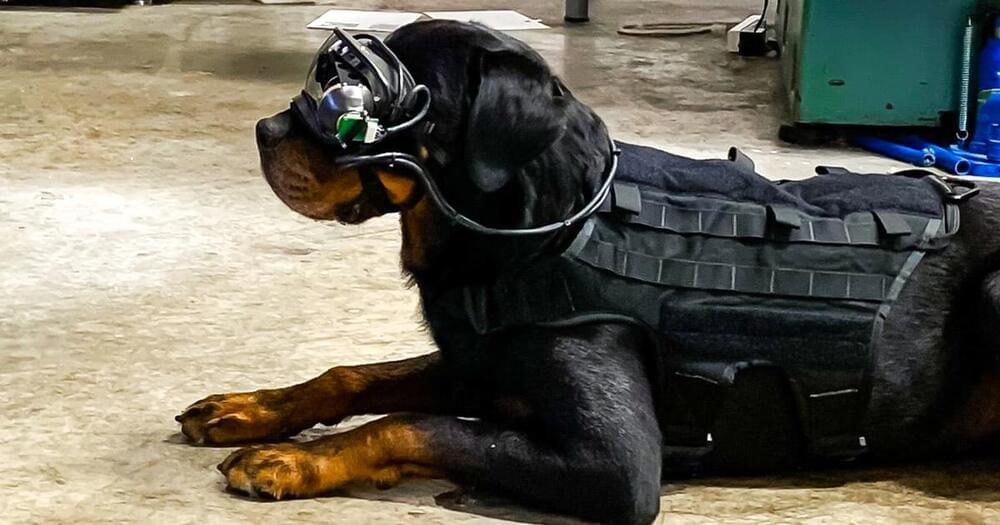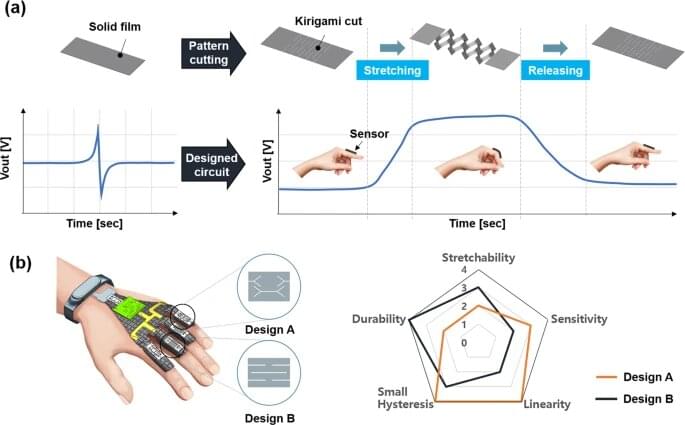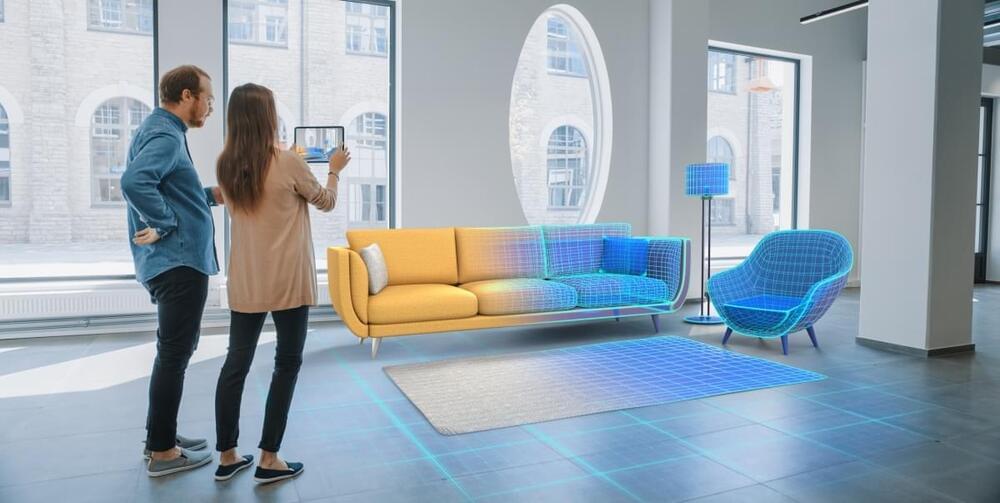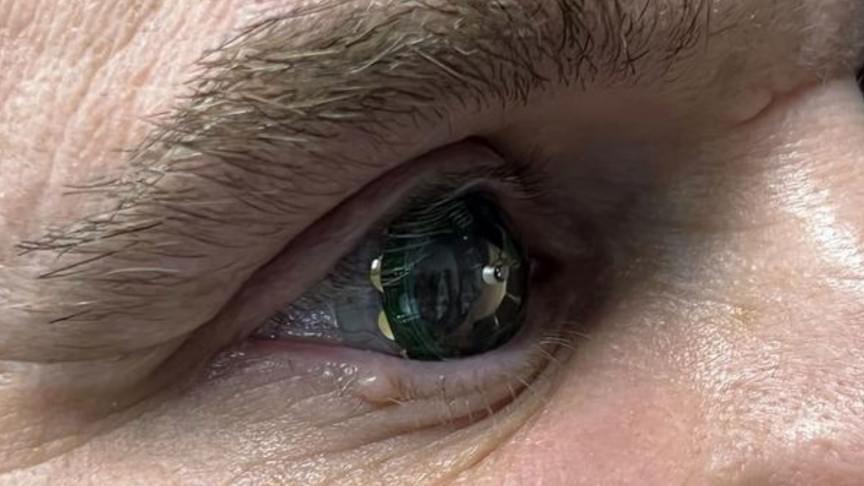The merging of real and virtual worlds into a so-called mixed-reality environment can help students successfully complete problem-solving tasks.


Interested in learning what’s next for the gaming industry? Join gaming executives to discuss emerging parts of the industry this October at GamesBeat Summit Next. Register today.
The world of technology is rapidly shifting from flat media viewed in the third person to immersive media experienced in the first person. Recently dubbed “the metaverse,” this major transition in mainstream computing has ignited a new wave of excitement over the core technologies of virtual and augmented reality. But there is a third technology area known as telepresence that is often overlooked but will become an important part of the metaverse.
While virtual reality brings users into simulated worlds, telepresence (also called telerobotics) uses remote robots to bring users to distant places, giving them the ability to look around and perform complex tasks. This concept goes back to science fiction of the 1940s and a seminal short story by Robert A. Heinlein entitled Waldo. If we combine that concept with another classic sci-fi tale, Fantastic Voyage (1966), we can imagine tiny robotic vessels that go inside the body and swim around under the control of doctors who diagnose patients from the inside, and even perform surgical tasks.


Wearable displacement sensors—which are attached to a human body, detect movements in real time and convert them into electrical signals—are currently being actively studied. However, research on tensile-capable displacement sensors has many limitations, such as low tensile properties and complex manufacturing processes.
If a displacement sensor that can be easily manufactured with high sensitivity and tensile properties is developed, it can be attached to a human body, allowing large movements of joints or fingers to be used in various applications such as AR and VR. A research team led by Sung-Hoon Ahn, mechanical engineering professor at Seoul National University, has developed a piezoelectric strain sensor with high sensitivity and high stretchability based on kirigami design cutting.
In this research, a stretchable piezoelectric displacement sensor was manufactured and its performance was evaluated by applying the kirigami structure to a film-type piezoelectric material. Various sensing characteristics were shown according to the kirigami pattern, and higher sensitivity and tensile properties were shown compared to existing technologies. Wireless haptic gloves using VR technology were produced using the developed sensor, and a piano could be played successfully using them.

Canada-based ecommerce site Shopify has demonstrated an unexpected use of Apple’s RoomPlan API to clear a room before filling it with furniture via Apple AR.
Apple announced RoomPlan at WWDC 2022, but by itself this AR technology will not be any Apple app. Instead, RoomPlan is an API that developers can tap into in order to provide its features as part of their own apps.
It’s been anticipated that retailers could use the RoomPlan API in order to show customers what particular items of, say, furniture would look like in their home. Ikea has already been doing this since shortly after Apple announced ARKit in 2017, but RoomPlan leverages the newer LiDAR technology.


Meta’s AI translation work could provide a killer app for AR.
Social media conglomerate Meta has created a single AI model capable of translating across 200 different languages, including many not supported by current commercial tools. The company is open-sourcing the project in the hopes that others will build on its work.
The AI model is part of an ambitious R&D project by Meta to create a so-called “universal speech translator,” which the company sees as important for growth across its many platforms — from Facebook and Instagram, to developing domains like VR and AR. Machine translation not only allows Meta to better understand its users (and so improve the advertising systems that generate 97 percent of its revenue) but could also be the foundation of a killer app for future projects like its augmented reality glasses.

For the first time, the immersive AR experience surpasses the physical by offering the contextuality that consumers need. They can see the end outcome of the purchase decision before even making the decision — the experience of seeing the couch in the context of their space is transformed — giving them more confidence in their decision.
AR and its effects on consumer psychology
AR is not taking a share of the digital pie as we know it today, but instead increasing the overall size of the pie. There are 100 million consumers shopping with AR online and in stores today. This powerful technology fundamentally changes consumer psychology in three distinct ways: changing the ecommerce model from a push to a pull experience, giving consumers new confidence in their purchases; driving conversion by giving consumers visual context before buying; and giving consumers a new way of experiencing in-person shopping.

An Interview with COO Dijam Panigrahi.
“a unified and shared software infrastructure to empower enterprise customers to build and run scalable, high-quality eXtended Reality (XR) – Augmented Reality (AR), Virtual Reality (VR) and Mixed Reality (MR) – applications in public, private, and hybrid clouds.”
What does that all mean?
Simply, GridRaster creates spatial, high-fidelity maps of three-dimensional physical objects. So if you plan to build an automobile or aircraft, use the software to capture an image and create a detailed mesh model overlay that can be viewed using a VR headset. The mesh model can be shared with robots and other devices.

Bye bye, AR headsets?Mojo Vision, a California-based company that wants to make augmented reality (AR) capable smart contact lenses, has already conducted the first human trial of its technology. Last week, the company’s CEO Drew Perkins became the first person to use the contact lenses and shared his experience in a blog post.
Mojo Vision’s device design includes many firsts and now the prototype is good enough to be trialed. Is the future already here?